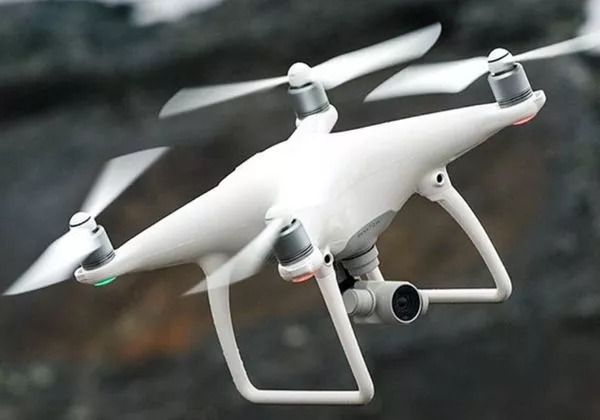In 2017, a revolutionary shift took place in the realm of filmmaking with the prominent rise of film drones. These advanced drones transformed the way cinematographers envisioned capturing stunning aerial shots, offering unprecedented advantages in filmmaking technology. For years, filmmakers relied heavily on helicopters and complex rigs to achieve aerial views, but the advent of film drones made this process more accessible and budget-friendly. The use of drones in film not only allowed creators to capture breathtaking sceneries but also facilitated dynamic camera movements, thus enhancing narrative storytelling.
The Technological Breakthroughs
Film drones in 2017 showcased remarkable improvements in various aspects, including camera quality, flight stability, and ease of use. Leading manufacturers began incorporating high-definition cameras capable of 4K resolution, thus providing filmmakers with the ability to record cinematic-quality footage. Additionally, advancements in stabilization technology meant that drone footage appeared smooth and professional, free from the jitters that could once be seen in earlier models.
Flight time and battery life also saw enhancements, allowing longer shooting sessions without frequent recharges. Drones like the DJI Phantom 4 Pro became popular among filmmakers due to their extended flight capabilities and intelligent flight modes that enabled automated shots for novices and professionals alike. The integration of GPS systems further ensured precise positioning and navigation, essential for intricate shot planning and execution.
The Impact on Filmmaking
Drone technology opened the doors for filmmakers to experiment with new techniques and ignite creativity. The ability to shoot from angles previously considered impossible—such as sweeping low-level shots skimming over water, or dramatically rising over cityscapes—brought a new layer of storytelling potential. Such versatility made drones an indispensable tool for various genres, from documentaries capturing expansive landscapes to action films needing intense chase sequences.

Furthermore, the affordability and portability of drones have democratized film production. Independent filmmakers, who once could not afford aerial footage, now had access to this technology, thereby leveling the playing field in the realm of visual storytelling. Not only did this enhance production quality, but it also expanded the possibilities for artistic expression across different media platforms.
The Safety and Regulatory Landscape
As film drones use grew, so did the need for regulations to ensure safety in airspace. In 2017, many countries enacted drone operation laws to address privacy concerns and prevent accidents. Filmmakers had to comply with these regulations, including registering their drones and obtaining necessary permits for flying. Such measures ensured responsible use of drones, protecting both the operators and the public.
Despite these challenges, the opportunities presented by film drones outweighed the drawbacks. Industry professionals worked in collaboration with regulatory bodies to promote safe practices, ensuring that drones would continue to be a key component in filmmaking.
FAQs on Film Drones
What are the advantages of using film drones? Film drones offer increased flexibility and creativity in shooting angles and camera movements at a lower cost than traditional aerial methods.
Are there any restrictions on flying film drones? Yes, most regions have regulations governing where and how drones can be flown, including altitude limits and restricted zones. Operators must adhere to these rules.
How do film drones affect the quality of the footage? With advancements in camera technology and stabilization systems, film drones can produce high-quality, cinematic footage that rivals traditional methods.